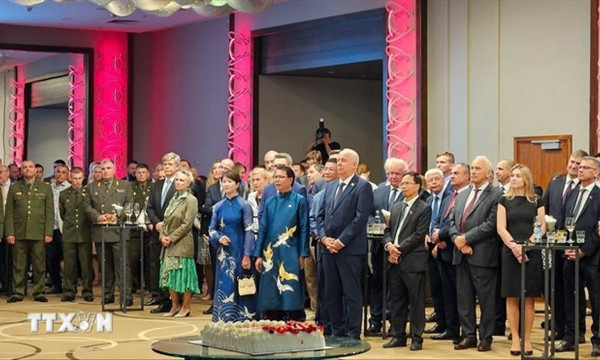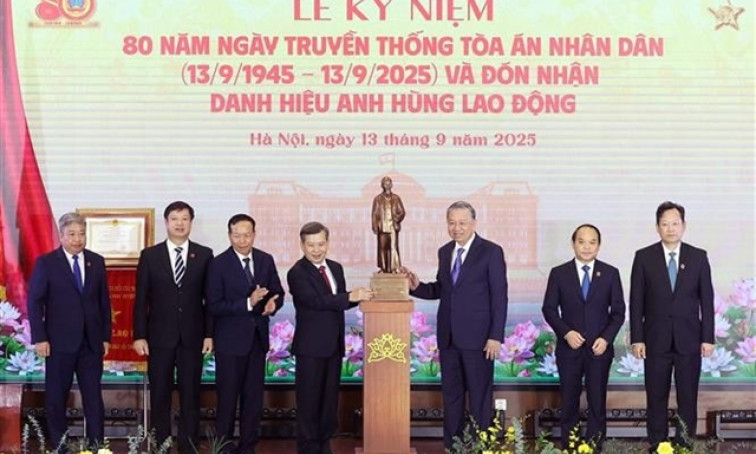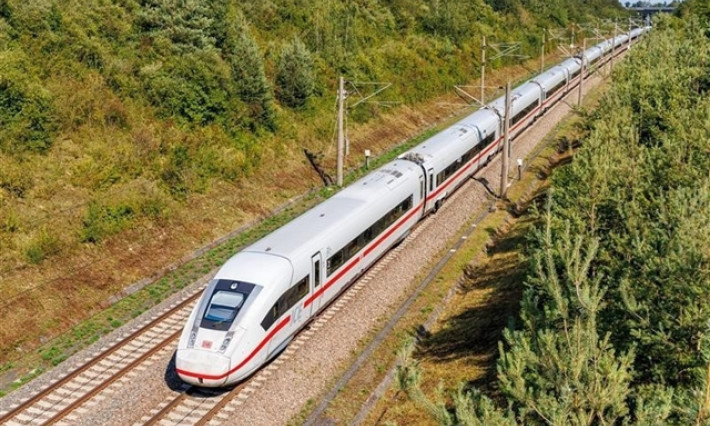6 spots to observe early ripening rice season in Sa Pa
As the upcoming four-day holiday approaches, visitors have a unique opportunity to see the terraced fields in Sa Pa turn golden.
While many places in the northwest won't witness ripe fields until September, some spots in Sa Pa already see terraced fields turn golden. Here are some options to explore and experience the rice harvesting during the National Day holiday from Sept. 1 to 4.
Nam Cang

Nam Cang Commune, though less known to many Sa Pa travelers, offers a peaceful haven. Starting from Sa Pa town, it's about a 30-kilometer journey to Hoang Lien National Park, where Nam Cang lies in its scenic beauty. Along this route, you'll find meandering streams, lush forests, and vast terraced fields. The best time to appreciate Nam Cang's terraced fields is from late July to the end of August, when temperatures hover around 20 to 25 degrees Celsius.
With a population of Hmong and Dao ethnic groups, the commune offers local cuisine and a chance to immerse oneself in traditional culture.
Nam Than - Nam Nhiu - Nam Sai
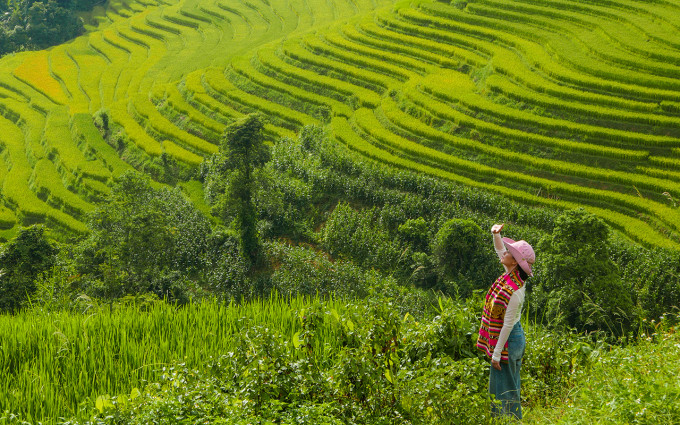
Journeying through Nam Cang Commune leads to the communities of Nam Than, Nam Nhiu and Nam Sai. These communes are often referred to as a miniature version of Mu Cang Chai, offering a pristine landscape. A motorbike is the preferred mode of transportation, allowing visitors to stop for photos. However, navigating Sa Pa's routes requires a steady hand due to their challenges.
Besides the terraced fields, these places provide insights into the indigenous customs of the Xa Pho, Dao, Tay and Giay ethnic groups, with moss-covered houses nestled in mountainsides, as well as artisans crafting traditional clothing and brocade scarves.
Ta Van Village

Situated in Ta Van Commune, the village rests against a mountain backdrop, facing the Muong Hoa Valley with terraced fields embellishing its surroundings. Its allure is heightened during both the rainy season (May to June) and ripe rice season (August to September), offering visitors a serene view of terraced fields. Morning moments become tranquil as visitors sip tea while gazing into the distance.
Although the route to Ta Van Village has been improved, it remains narrow, making it ideal for travelers to plan ahead for scenic spots and use a motorbike for convenient exploration.
Ta Giang Phin Commune (Ngu Chi Son Commune)
Ta Giang Phin Commune, also known as Ngu Chi Son Commune, occupies a borderland 28 kilometers from Sa Pa. Getting there involves heading to O Quy Ho Village and then continuing on Provincial Road 155 for about 15 kilometers. The route presents some challenges, yet the reward lies in the admiration of the natural beauty.
Ngu Chi Son Mountain resides within the Hoang Lien Son range, boasting five main mountains that ascend to almost 2,850 meters above sea level. The distant image of these five peaks evokes outstretched fingers against the sky. This area blends rice fields and modest houses, celebrated as an exceptional mountain expanse between Sa Pa and Lai Chau.
Visiting this area, visitors are encouraged to relish the local offerings of black chicken and salmon sashimi.
Y Linh Ho Village
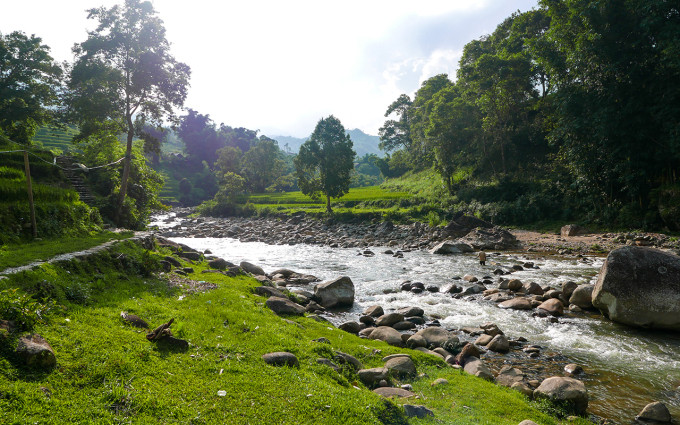
Nestled in the heart of the Hoang Lien Son mountain range, Y Linh Ho Village showcases nature's beauty with terraced fields, woodlands, and streams. Accessible via a route from Lao Chai, the village glows with a golden charm in August and September, as fields cascade down hillsides.
Y Linh Ho also offers treks through forests to waterfalls and streams, along with standup paddle boarding adventures in natural waters. The local hospitality, honesty, and simplicity also leave a remarkable impression.
Ta Phin Village
Around 12 kilometers northeast of Sa Pa town lies Ta Phin Village, home to the Dao and Hmong ethnic groups. On the way to Ta Phin, travelers encounter mountain landscapes. The area features captivating terraced fields, stilt houses, and corn fields on hillsides and mountains. The best time to explore the village is from late August to mid-September.
Ta Phin boasts the Ta Phin Monastery with Western architecture and is known for a unique experience: bathing with herbal leaves, a Dao tradition.
As daylight fades, immersing in herbs symbolizes renewal, casting off fatigue and welcoming well-being, rejuvenation, and body purification.



